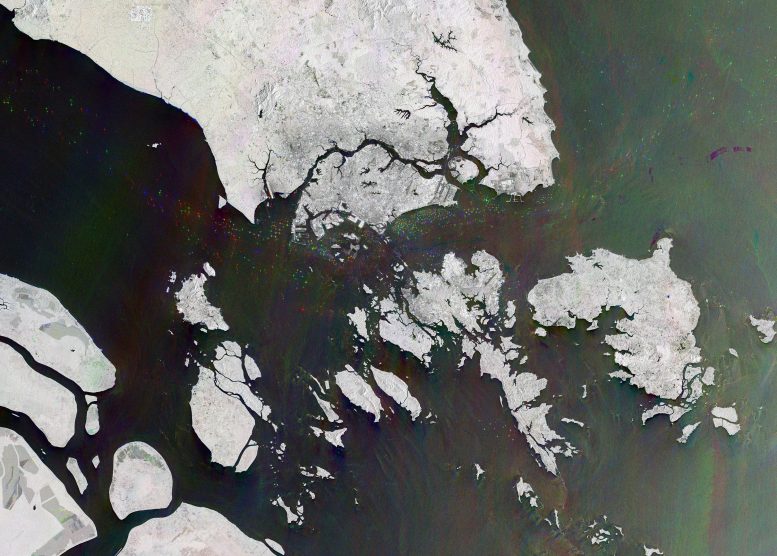
This radar image, captured by the Copernicus Sentinel-1 mission, shows us the only city-island-nation – Singapore – and one of the busiest ports in the world. Credit: Contains modified Copernicus Sentinel data (2021-22), processed by ESA, CC BY-SA 3.0 IGO
This radar image, captured from space by the Copernicus Sentinel-1 mission, shows us the only city-island-nation – Singapore – and one of the busiest ports in the world.
Singapore, officially known as the Republic of Singapore, is the world’s only island city-state. Given its small geographic size and population of about 5.6 million people, it is the second most densely populated country in the world after Monaco. (Monaco has just a tiny fraction of the population, but an even smaller land area.)
Singapore has four official languages; English, Malay, Mandarin, and Tamil. According to their constitution, Malay is the national language, but English is the lingua franca.
Singapore is located just off the southern tip of the Malayan Peninsula, between Malaysia and Indonesia, around 84 miles (135 km) north of the equator. It consists of the 270 square mile (710 sq km) Singapore Island, visible in the top-center of the image, as well as some 63 satellite islands and small islets.
Nearly two-thirds of Singapore Island is less than 50 feet (15 m) above sea level. The highest summit, Timah Hill, has an elevation of only 538 feet (165 m). Changi Airport, one of the largest transportation hubs in Asia, can be seen at the eastern end of the island.
Singapore Island is separated from Peninsular Malaysia to the north by the Johore Strait, a narrow channel crossed by a road and train causeway, while the southern end faces the Singapore Strait, where the Riau-Lingga Archipelago (part of Indonesia) extends.
Singapore is home to the largest port in Southeast Asia and one of the busiest in the world. The port offers connectivity to more than 600 ports in 123 countries. It owes its growth and prosperity to its position at the southern extremity of the Malay Peninsula, where it dominates the Strait of Malacca, which connects the Indian Ocean to the South China Sea.
This week’s image contains satellite data stitched together from three separate radar scans, in order to detect changes occurring between acquisitions. The sea surface reflects the radar signal away from the satellite, making the water appear dark in the image and contrasts with metal objects, in this case, ships and vessels, which appear as bright, sparkly dots in the dark water.
In this image, boats from December 28, 2021, appear in red, those from January 9, 2022, appear in green, and those from January 21, 2022, appear in blue. The various colors in the ocean are due to the changing surface currents and sediments from river deltas, while major cities and towns are visible in white owing to the strong reflection of the radar signal.
The advantage of radar as a remote sensing tool is that it can image Earth’s surface through rain and cloud, and regardless of whether it is day or night. This is particularly useful for monitoring areas prone to long periods of darkness – such as the Arctic – or providing imagery for emergency response during extreme weather conditions.
In this episode of the Earth From Space program, the Copernicus Sentinel-1 mission takes us over Singapore, the only city-island-nation and one of the busiest ports in the world. Credit: ESA – European Space Agency
This image is also featured on the Earth from Space video program embedded above.

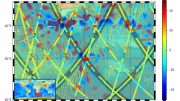
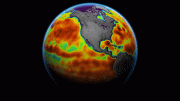
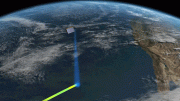


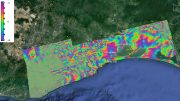

Be the first to comment on "Exploring Earth From Space: City-Island-Nation of Singapore [Video]"